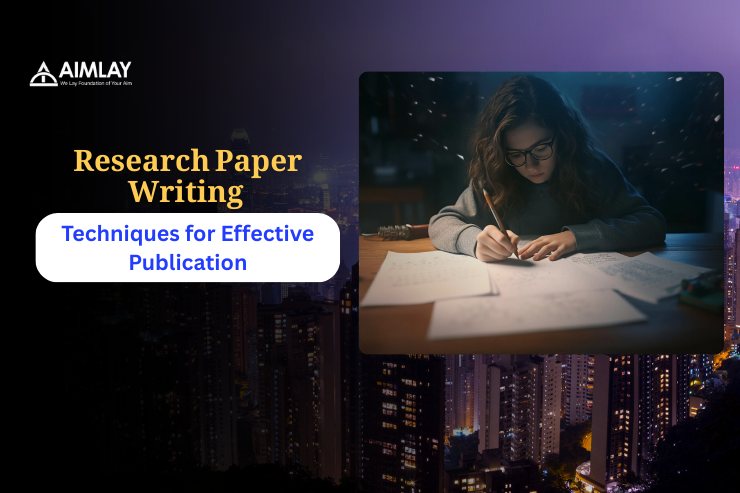Essential Tips: Write a Compelling Synopsis format
- aimlay01
- Apr 23, 2024
- 3 min read
In the realm of literature, film, or any narrative medium, a synopsis serves as the gateway to enticing an audience into the world of your story. Whether you're pitching a novel, a screenplay, or a research paper, the ability to distill your narrative into a concise, compelling synopsis is a skill every writer must master. In this guide, we'll explore essential tips for crafting a synopsis that captivates readers, agents, or reviewers, all within the format of 700 words or less.
Understanding the Purpose of a Synopsis
Before delving into the intricacies of synopsis writing, it's crucial to understand its purpose. A synopsis is essentially a brief summary that outlines the key elements of your story, including the main plot, characters, conflicts, and resolution. Its primary goal is to provide a snapshot of your narrative that piques the curiosity of your audience and entices them to engage further with your work.
- Clarity and Conciseness
The hallmark of an effective synopsis is clarity and conciseness. With limited space to work with, every word counts. Keep your language clear, direct, and free of unnecessary embellishments. Focus on conveying the essential elements of your story without getting bogged down in extraneous details. Think of your synopsis as an elevator pitch—you have only a few seconds to grab your audience's attention, so make every word count.
- Start with a Hook
Just like the opening lines of a novel or the opening scene of a movie, your synopsis should begin with a hook—a compelling, attention-grabbing statement or question that intrigues the reader and draws them into the story. This could be a shocking revelation, a tantalizing premise, or a thought-provoking dilemma. Whatever form it takes, make sure your hook sets the tone for the rest of the synopsis and leaves the reader eager to learn more.
-Focus on the Main Characters and Plot
In the limited space of a synopsis, it's essential to focus on the main characters and central plot of your story. Introduce your protagonist and any other key characters, briefly outlining their motivations, conflicts, and relationships. Similarly, provide a concise summary of the main plot points, highlighting the key events and turning points that drive the narrative forward. Avoid getting bogged down in subplots or minor characters—stick to the core elements that define your story.
- Outline the Conflict and Stakes
Every compelling story revolves around conflict—whether it's internal, interpersonal, or external. In your synopsis, clearly outline the central conflict or challenges that your characters face, as well as the stakes involved. What are the consequences if they succeed or fail? What obstacles must they overcome to achieve their goals? By highlighting the conflict and stakes, you create tension and urgency that keeps the reader engaged from start to finish.
- Convey the Tone and Atmosphere
In addition to summarizing the plot and characters, your synopsis should also convey the tone and atmosphere of your story. Is it a lighthearted comedy, a gritty thriller, or a poignant drama? Use descriptive language to evoke the mood and setting of your narrative, helping the reader to immerse themselves in the world you've created. Whether it's through vivid imagery, evocative language, or subtle hints, ensure that your synopsis captures the essence of your story's tone.
-Avoid Spoilers
While it's important to provide enough detail to pique the reader's interest, be careful not to give away too much. Avoid revealing major plot twists or spoilers that could diminish the impact of your story. Instead, focus on teasing the reader with tantalizing hints and clues that leave them wanting more. Strike a delicate balance between revealing enough to intrigue the reader and withholding enough to maintain the element of surprise.
-End with a Cliffhanger
Just as you started your synopsis with a hook, consider ending it with a cliffhanger—a tantalizing question or unresolved dilemma that leaves the reader craving for more. This could be a hint of what's to come in the story, a tantalizing revelation, or a provocative statement that invites further exploration. By ending on a cliffhanger, you leave the reader with a sense of curiosity and anticipation that motivates them to seek out the full story.








Comments